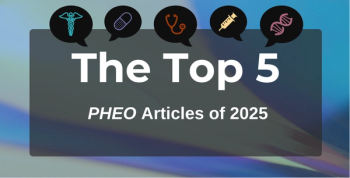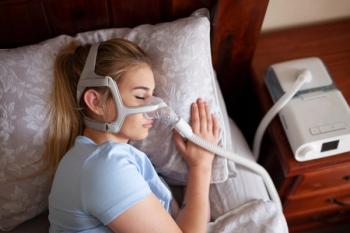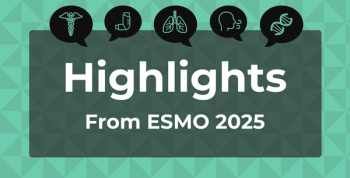
Seizure Latency May Help Differentiate Epileptic vs Psychogenic Nonepileptic Seizures
A recent study found that patients with psychogenic nonepileptic seizures experienced seizures significantly earlier than patients with epileptic seizures.
Patients with psychogenic nonepileptic seizures (PNES) experienced seizures significantly earlier than patients with
PNES and ES have similarities that can make it difficult to differentiate between them, and long-term video-electroencephalographic monitoring (VEM) is often required for differential diagnosis. In the study, researchers used VEM to investigate latency, defined as the time in hours from electroencephalogram (EEG) video recording to the first seizure, to better understand if seizure latency can aid physicians in the differential diagnosis of ES vs PNES.
"The time until seizures occur (latency) directly affects the time of the differential diagnosis," the authors wrote. "It is an easily available quantitative value, but its contribution to the differential diagnosis of ES and PNES is not fully known."
The researchers obtained data from a total of 497 adult patients who had been hospitalized for the differential diagnosis of ES, seizure classification, or pre-surgical evaluation over a 7-year period. Patients with other nonepileptic attacks, including syncope, hypoglycemia, cardia arrythmia, cataplexy, and movement disorders, as well as patients with concomitant ES, were excluded. After exclusion, 48 patients with PNES were diagnosed using VEM and 51 patients with ES were matched for gender and age and included in the analysis.
A total of 294 seizures, 118 (40.1%) PNES and 176 (59.9%) ES, were recorded and evaluated. Additionally, the researchers grouped patients with PNES into 4 seizure types according to their semiological features:
- 29 had subjective features
- 46 had akinetic features
- 26 had minor motor features
- 17 had hypermotor features
The day was also separated into 4 intervals: 6:01 a.m. to 12:00 p.m., 12:01 p.m.to 6:00 p.m., 6:01 p.m. to 12:00 a.m., and 12:01 a.m. to 6:00 a.m.
The authors found that seizure latency was much shorter among patients with PNES compared with patients with ES (P < .001). Additionally, 72% of patients with PNES experienced their first seizure within 24 hours of video recording compared with 49.1% of patients with ES (P = .023). Furthermore, 12.5% of patients with PNES required recording longer than 48 hours, compared with 37.3% of patients with ES (P = .006). Lastly, while ES seizures were almost evenly distributed throughout the day, most PNES seizures occurred within the evening hours (P = .011).
The researchers acknowledge some limitations to the study, including its retrospective nature. Additionally, the antiepileptic drugs reduction protocol required in the study may not have been the same across all enrolled patients, which may have influenced seizure latency.
Despite these limitations, the researchers believe the study shows that there may be shorter seizure latency among patients with PNES compared with patients with ES. This suggests a possible connection between seizure latency and differential diagnosis of PNES and ES.
“In conclusion, our study demonstrated that seizure latency was significantly shorter in PNES than ES, and PNES clustered during daylight hours,” wrote the researchers. “Although not strictly reliable, seizure latency can also be considered in the differential diagnosis of ES and PNES.”
Reference
Ozkan H, Turksever M, Guldiken B, Sut N. Latency of epileptic and psychogenic nonepileptic seizures. Latencia de las crisis epilépticas y psicógenas no epilépticas. Arq Neuropsiquiatr. 2023;81(7):641-646. doi:10.1055/s-0043-1768160
Newsletter
Stay ahead of policy, cost, and value—subscribe to AJMC for expert insights at the intersection of clinical care and health economics.







































